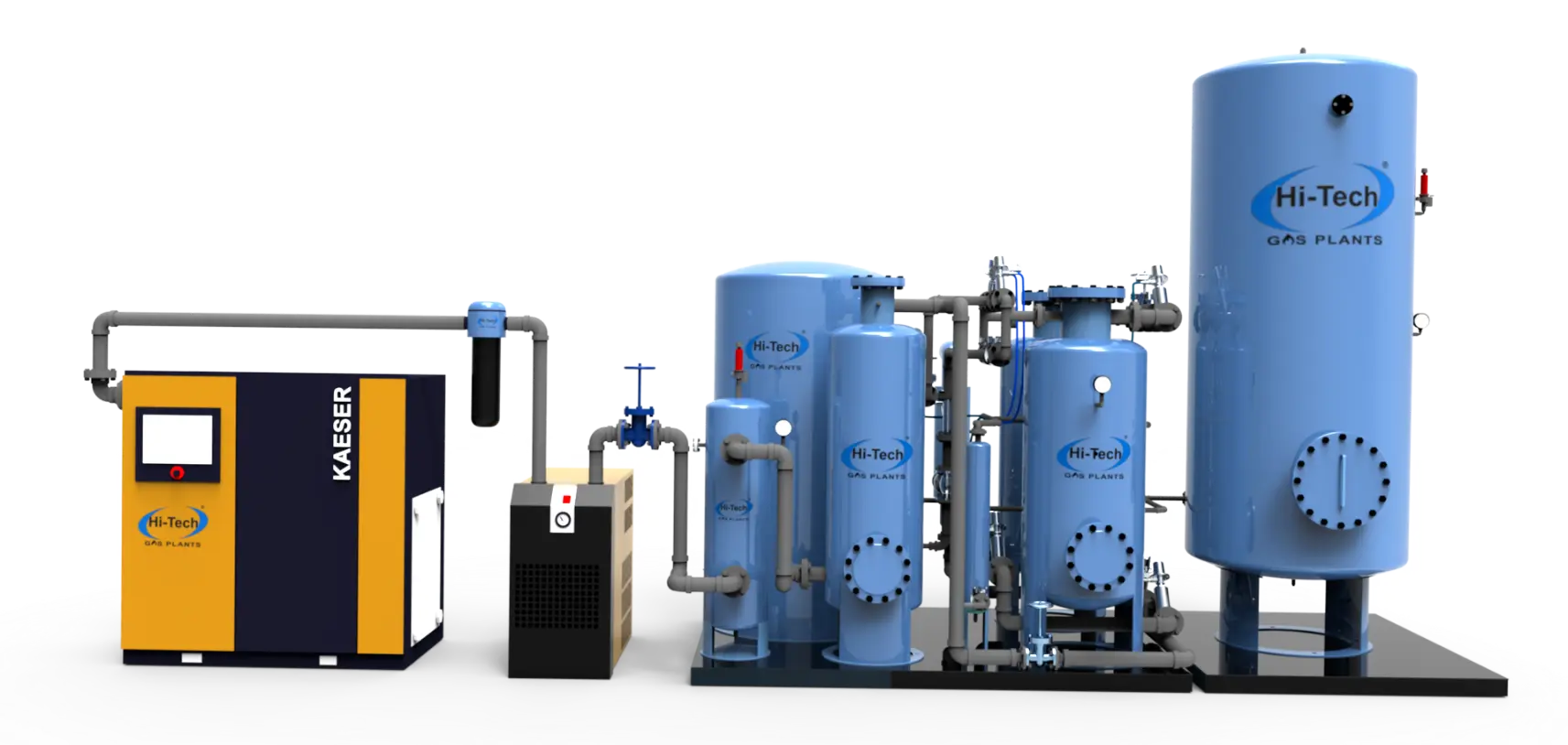Types of Medical Gases
Several medical gases are commonly used in respiratory therapy, each with specific properties and applications:
Oxygen (O₂): Oxygen is the most widely used medical gas in respiratory therapy. It is essential for patients with conditions such as chronic obstructive pulmonary disease (COPD), pneumonia, and asthma. Oxygen therapy helps maintain adequate oxygen levels in the blood, preventing hypoxemia and ensuring the proper functioning of vital organs.
Carbon Dioxide (CO₂): Although it may seem counterintuitive, Medical Gases for Respiratory Therapy carbon dioxide is also used therapeutically, primarily in controlled environments. It helps stimulate breathing in patients with respiratory failure and can be used in combination with oxygen for certain diagnostic procedures.
Nitric Oxide (NO): Nitric oxide is used as a vasodilator, particularly in the treatment of pulmonary hypertension. It helps relax and widen blood vessels in the lungs, improving oxygenation and reducing the workload on the heart.
Helium-Oxygen Mixtures (Heliox): Heliox is a blend of helium and oxygen, typically in a ratio of 70:30 or 80:20. Due to helium's lower density compared to nitrogen, heliox can reduce airway resistance and facilitate the flow of oxygen to the lungs. It is beneficial for patients with obstructive airway diseases such as asthma and bronchiolitis.
Medical Air: Medical air is a mixture of nitrogen and oxygen, similar to ambient air but free from contaminants and impurities. It is used to provide a stable and consistent breathing environment, especially in patients who do not require supplemental oxygen but need assistance with ventilation.
Applications of Medical Gases
Medical gases are employed in various respiratory therapy interventions, each tailored to address specific patient needs:
Oxygen Therapy: Administered through nasal cannulas, face masks, or mechanical ventilators, oxygen therapy is vital for patients with acute or chronic respiratory conditions. It helps maintain adequate blood oxygen levels, relieve symptoms of breathlessness, and improve overall respiratory function.
Inhaled Nitric Oxide Therapy: This therapy is used for patients with severe pulmonary hypertension or acute respiratory distress syndrome (ARDS). Inhaled nitric oxide dilates the pulmonary vessels, enhancing oxygenation and reducing pulmonary artery pressure.
Heliox Therapy: Heliox is administered to patients with conditions causing severe airway obstruction. By reducing airway resistance, it facilitates easier breathing and enhances the delivery of other inhaled medications.
Mechanical Ventilation: Medical gases, particularly oxygen and medical air, Oxygen Manifold Solutions in Ghana are integral components of mechanical ventilation. These gases support patients who cannot breathe independently, ensuring they receive adequate oxygenation and ventilation.
Significance in Patient Care
The use of medical gases in respiratory therapy is indispensable for several reasons:
Life-Saving Interventions: Medical gases provide critical support to patients experiencing respiratory failure or severe respiratory distress, often making the difference between life and death.
Symptom Relief: For chronic respiratory conditions, medical gases alleviate symptoms such as breathlessness, allowing patients to lead more comfortable and active lives.
Improved Outcomes: Timely and appropriate use of medical gases can significantly improve clinical outcomes, reducing hospital stays, preventing complications, and enhancing the quality of life for patients.
Versatility and Adaptability: The various types of medical gases and their applications make them versatile tools in the hands of respiratory therapists. Whether managing acute emergencies or chronic conditions, medical gases are adaptable to a wide range of therapeutic needs.





Comments